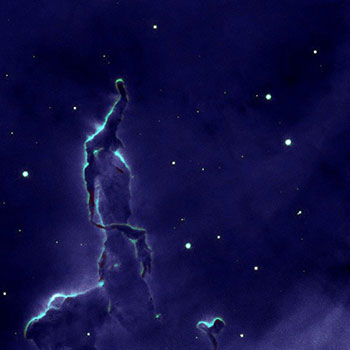How do you write -1 13/20 as a decimal?
1 Answer
-1.65
Explanation:
A useful way to conceptualize converting mixed numbers to decimals is to consider the mixed number as two separate components: the whole number component and the fractional component. In this case, we have -1 as the whole number and
- Whole Number: When converting a whole number to decimal form, note that we simply leave the whole number as the number to the left of the decimal point. Note that this also includes the sign of the mixed number. This means that we would have -1 to the left of the decimal point, as we have determined that to be the whole number component.
- Fractional Component: The fractional component can best be conceptualized as a part/whole, where the whole is considered to be 1. This is due the fact that, as a fractional component, it would make up only a part of a whole as per definition, and, assuming a mixed number as the one shown above (numerator being less than the denominator), the numerator would be a "part" of the denominator. Given this, it is useful attempt to convert the fractional component to a simpler form and then convert it to a form such that the denominator becomes 100. In this case:
Note that we are allowed to multiply the fractional portion by
This gives us our final answer of: -1.65

